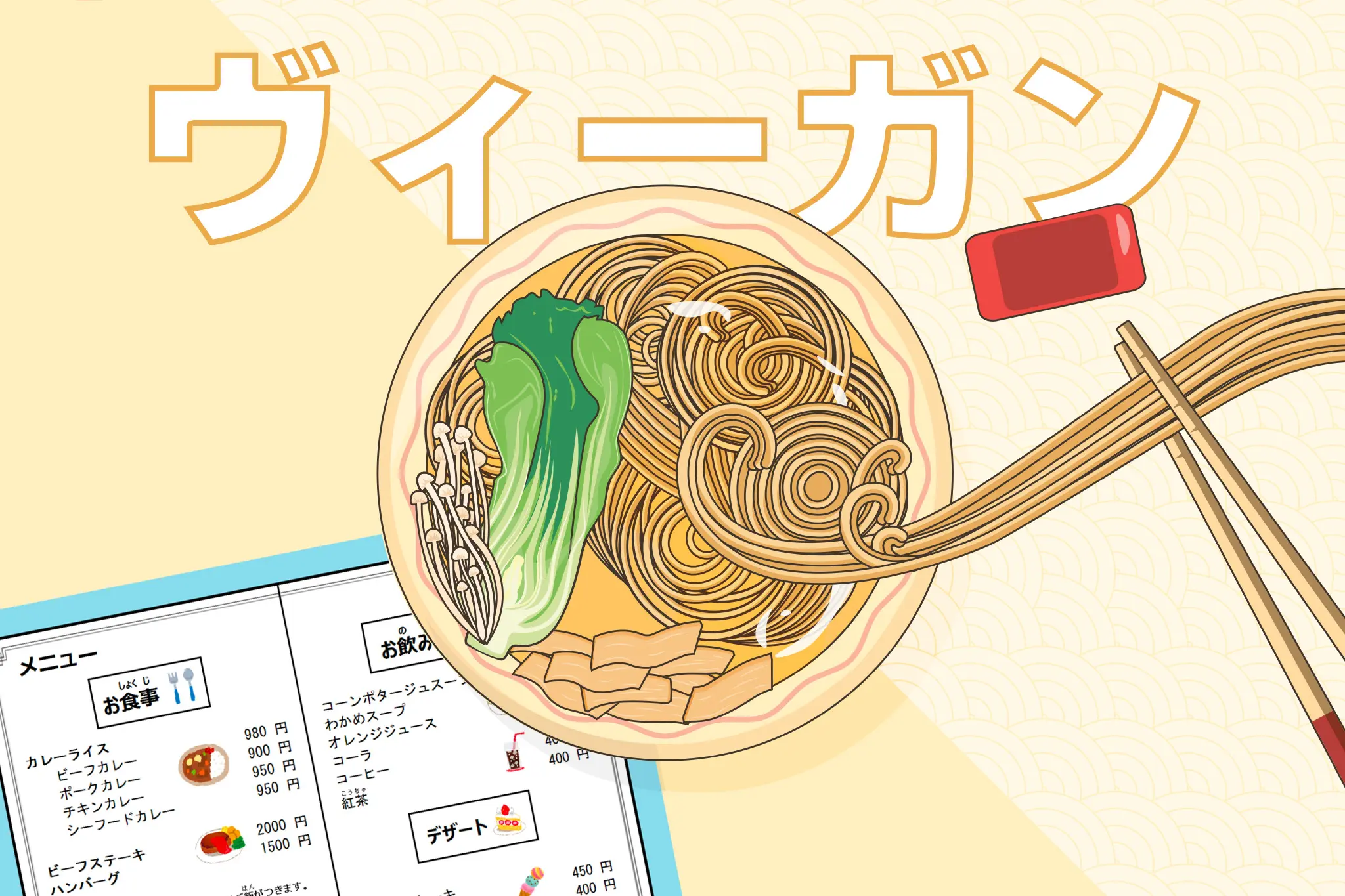Japanese Food Scene
Japanese food is about balance, which means it’s important to have at least one thing from every food group on your plate. Unfortunately for veggies and vegans, this means that there is hidden meat in everything. Chewing down on yet another piece of meat, this time in a ‘healthy tofu salad,’ is disheartening for any vegetarian or vegan in Japan.
Since the Tokyo Olympics, Japanese chain restaurants and food brands have attempted to address alternative dietary needs that customers, especially from abroad, may have. While this is good news overall, all is not as it seems. Many brands have taken on buzzwords from overseas such as ‘plant based’ and given them a whole new meaning (yes, fish is now apparently a plant).
Though heading into a Japanese supermarket used to be daunting and often fruitless, awareness is definitely growing. Major supermarkets such as Aeon and even the previously ‘outdated’ Life supermarket and Summit have opened promising vegan sections or soy meat in newer stores.
Here are some of our top kanji (Japanese characters) to avoid as a vegetarian or vegan in Japan, along with a guide addressing the new ‘soy meat’ boom, how to avoid any slip-ups and essential apps to download.

Useful Apps and Sites
When out and about, it can be daunting trying to scan the packets of products easily when you can’t read them. Here are some great apps and websites which can help in such situations.
Japanese Language Apps
Google Translate: Did you know that Google Translate has a picture function? Open the app, take a picture of all that kanji on the back and let Google do the rest.
Shirabe Jisho: This free app lets you search by drawing the kanji and even includes many slang words.
Restaurant Locator Apps
When used in tandem, these are incredibly valuable.
Happy Cow: This is an app used by vegetarians and vegans across Japan to quickly identify nearby restaurants that meet vegetarian and vegan requirements. Just search by location and you’ll find a host of vegetarian and vegan restaurants nearby. Users can add their own places too, so the app keeps on growing.
Google Maps: Typing “vegetarian” into the search bar of Google Maps works wonders, as does writing it in Japanese: ベジタリアン.

Basic Vocabulary
This section takes on the most basic words. The ones you can recognise easily and are often the most obvious.
Meat Kanji Table
The most easily identifiable are the names for different types of meat. The kanji below can be easily found on allergen lists, too.
| Kanji | Hiragana | Romaji | Katakana | Meaning |
| 肉 | にく | niku | ミート | meat |
| 豚肉 | ぶたにく | buta-niku | ポーク | pork |
| 鶏肉 | とりにく | tori-niku | チキン | chicken |
| 牛肉 | ぎゅうにく | gyuu-niku | ビーフ | beef |
| 鴨肉 | かもにく | kamo-niku | カモ | duck |
| 魚 | さかな | sakana | フィッシュ | fish |
| 貝 | かい | kai | カイ | shellfish |
Now onto the less recognisable, disguised in a haze of happy, swirly hiragana and katakana characters, which are not necessarily on the easily-accessible allergen lists.
| Kanji | Hiragana | Romaji | Katakana | Meaning |
| 鰹 | かつお | katsuo | カツオ | skipjack tuna |
| * | * | bekon | ベーコン | bacon |
| 生ハム | なまはむ | hamu | ハム | ham |
| * | * | ramu | ラム | lamb |
| * | * | soseji | ソーセージ | sausage |
| 蜂蜜 | はちみつ | hachimitsu | ハチミツ | honey |
| ー | ー | zerachin | ゼラチン | gelatin |
(*) Kanji and hiragana has been omitted. For instance, the Japanese word for lamb is ko-hitsuji, which is generally only used to refer to the living animal.
(ー) Kanji which is seldom used is omitted.
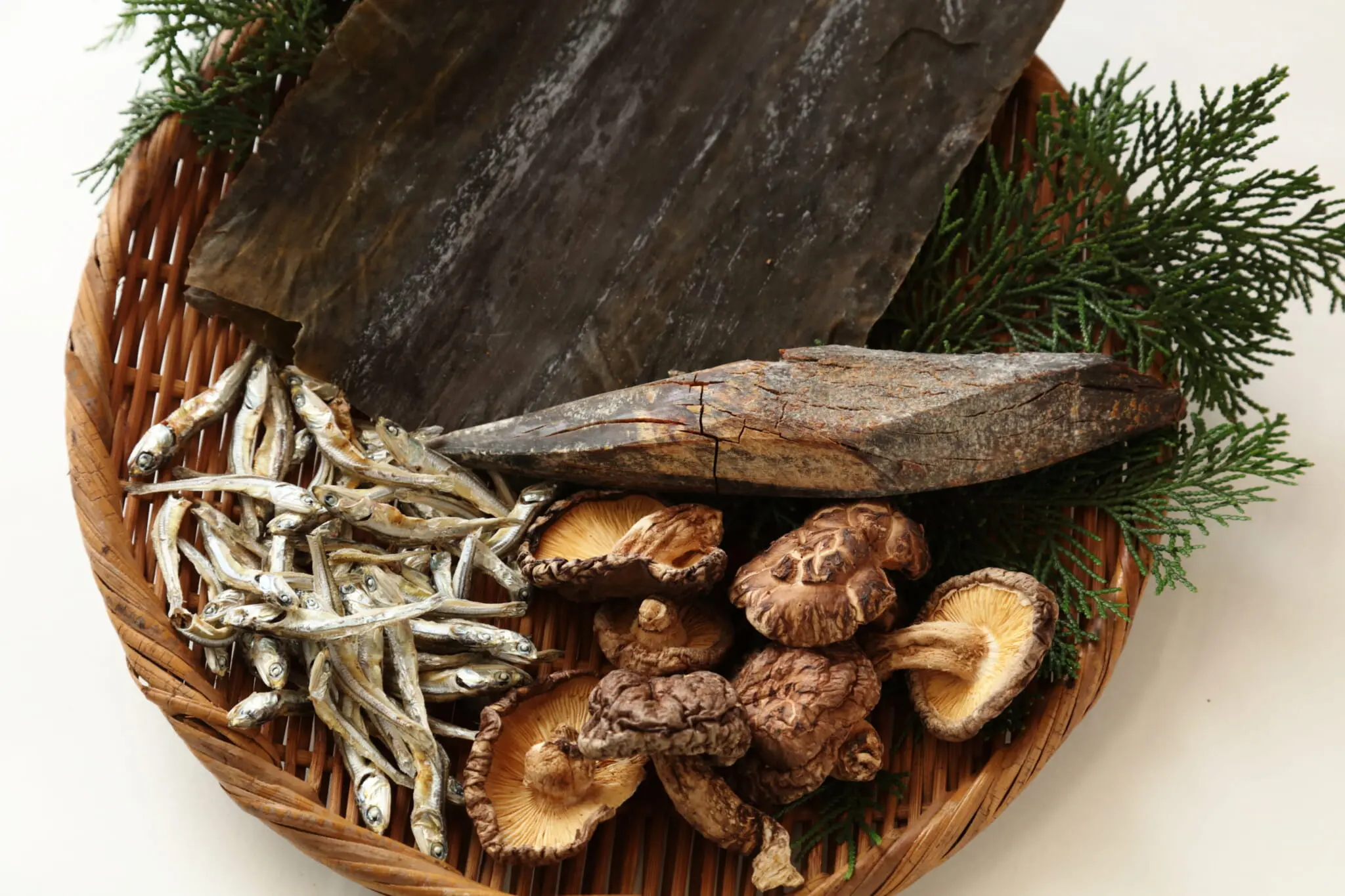
Stock and Flavors
For that wonderful ‘umami’ in Japanese food, many places rely on fish stock, or 魚のだし (sakana-no-dashi). Below are some other types of flavorings that you should beware of.
| Kanji | Hiragana | Romaji | Katakana | Meaning |
| 魚エキス | さかなえきす | sakana-ekisu | サカナエキス | fish stock |
| 鶏肉エキス | とりにくえきす | toriniku-ekisu | チキンエキス | chicken stock |
| 牛肉エキス | ぎゅうにくえきす | gyuniku-ekisu | ビーフエキス | beef stock |
| 乳成分 | にゅうせいぶん | nyuu-seibun | ー | milk solids |
| 牛乳 | ぎゅうにゅう | gyuu-nyuu | ギュウニュウ | milk |
| 卵 | たまご | tamago | タマゴ | egg |
Note: エキス ekisu = extract
For a full list, we recommend the Is It Vegan? (Japan) website. It has a useful dictionary.
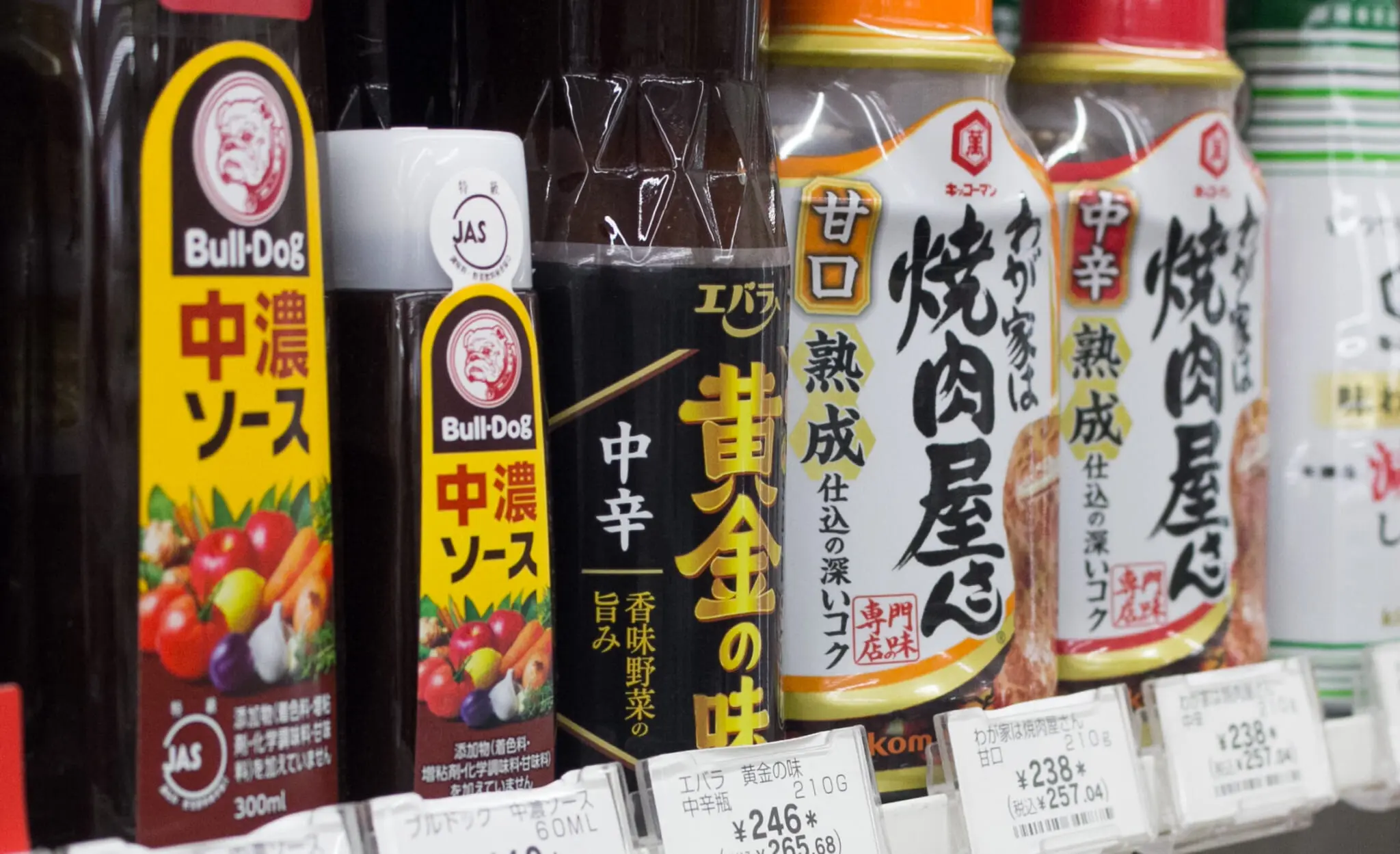
Packaging Tips
A way to quickly spot whether an item contains animal ingredients is by checking the ingredients list for this phrase: 一部に…を含む (ichibu ni…wo fukumu; “May contain the following…”)
On a food packet full of kanji, it can be hard to ascertain where the animal-derived culprits may be hiding. Our tip for this is to look for the kanji within these brackets in the ingredients list.
Another tip is to look and see if there is an allergen info chart. This is a useful way to quickly spot which main allergens are inside the product.
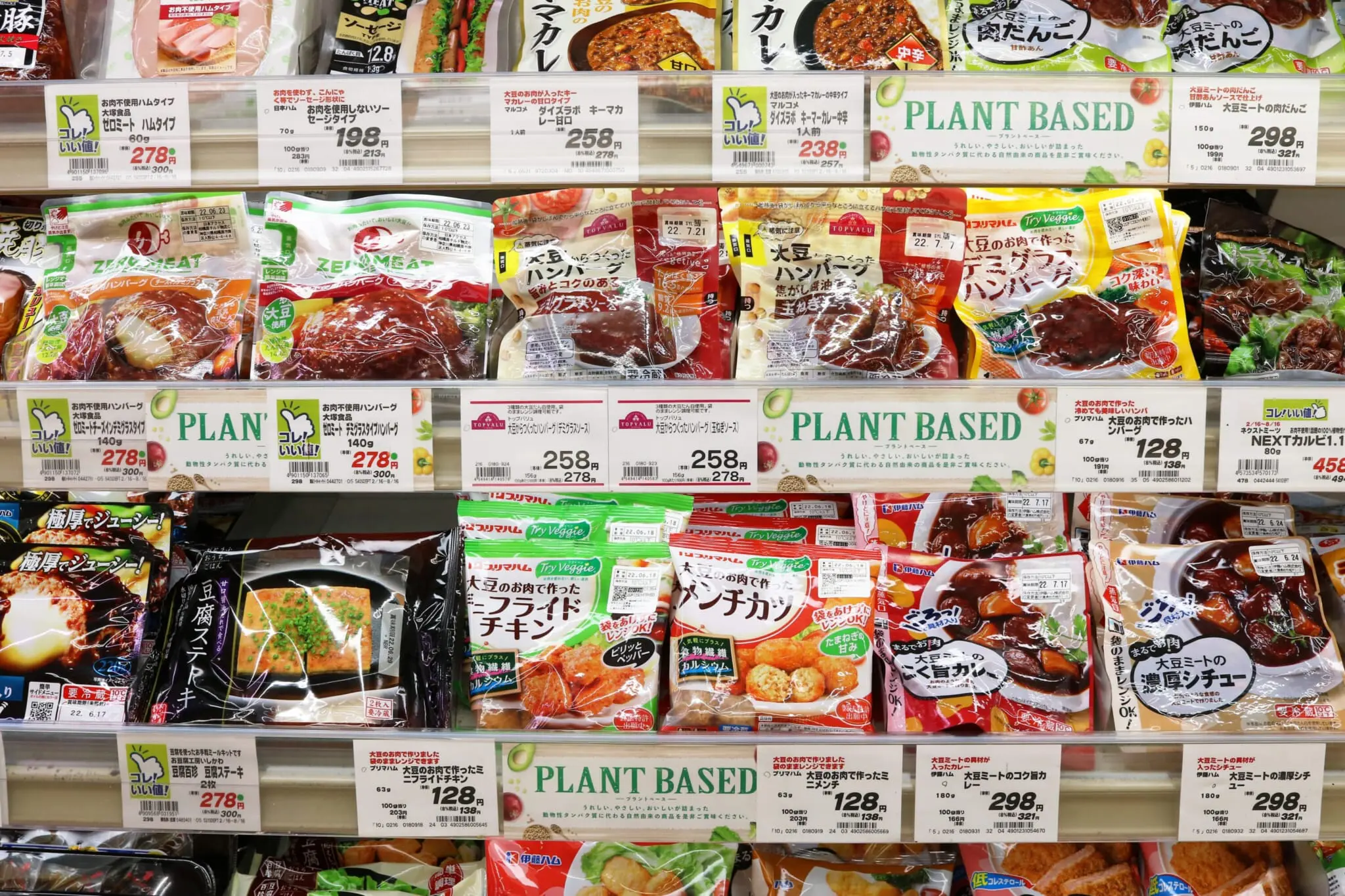
Photo by Ned Snowman / Shutterstock.com
Soy Meat
Along with the Olympics and growing interest from the public, many companies responded by creating their own alternative meats. There are new products appearing almost daily.
Soy meat has even become fashionable around Japan, appearing in publications such as this article in Elle magazine (Japanese only). However, even though it claims to be about vegan meat, the writer has included Kagome Soy Meat Sauce, which contains beef extract. For many brands and restaurants, the idea is to make soy meat taste like real meat and an unfortunate conclusion from this is to use real meat as a flavoring. Soy meat does not mean vegan or vegetarian.
Types of Soy Meat
There are three main types of soy meat: dry, hydrated and processed.
- Dry Soy Meat: Usually this is fine as flavoring is not usually added to the product.
- Hydrated Soy Meat: This is often fine. Beware of any エキス (ekisu) which may be added at some point in the process.
- Processed Soy Meat: This needs extra caution. Be sure to check the ingredients, as companies are still reluctant to divert from traditional flavorings.
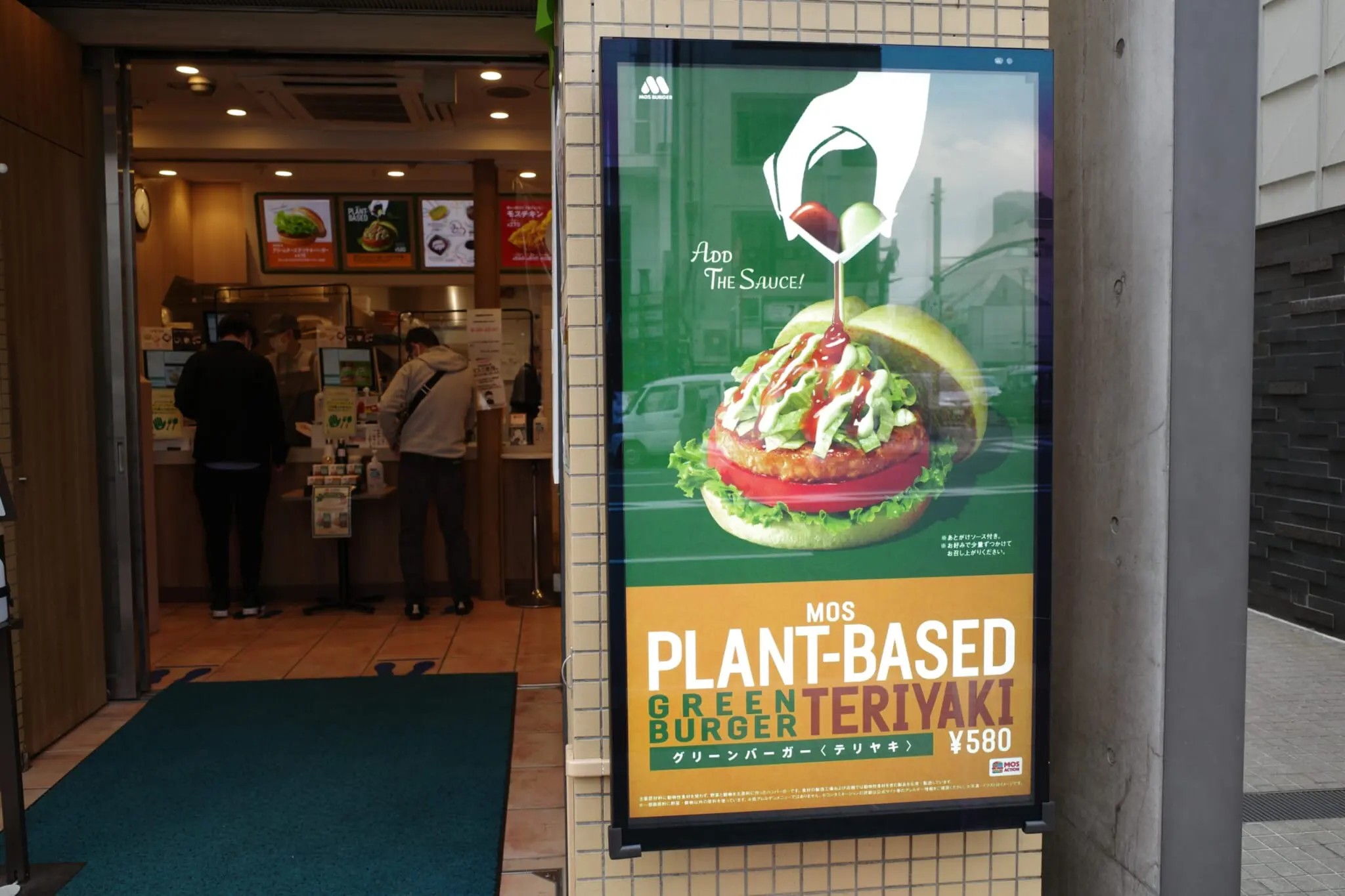
Photo by image_vulture / Shutterstock.com
Tips for Eating Out
It can be daunting to eat out with friends, especially when many Japanese restaurant staff aren’t the most knowledgeable about vegetarian diets. Top this off with a handwritten menu and even Google translate can’t help.
A good idea to quickly identify problem items is to look out for the most basic kanji, or the umbrella terms above:
- 肉 niku (meat)
- 魚 sakana (fish)
Also, many things are written in katakana, such as:
- チキン(chicken)
- ビーフ(beef)
- ポーク(pork)
- カモ(duck)
Whether in the town or countryside, it can be difficult find vegetarian and vegan places, even if you do have the Happy Cow app. What we recommend is to quickly search for “ベジタリアン” in your Google or Yahoo map to pull up a list of places which have vegetarian written in the review section. You can also search for “野菜料理” or “vegetable dishes” in the app, which can bring up even more options. If completely stuck, see if there is an Indian restaurant nearby: vegetable curry, dahl and rice should all be veggie. If you want to try traditional Japanese food, heading to a sushi bar is a surprisingly good option.
It can be difficult to communicate or ask a server what exactly a dish contains. A good idea is to carry a card explaining what it is that you don’t eat. Many Japanese people regard fish or meat stock as vegetarian, so make sure to clarify this when the chance arises. A good site for those cards can be found here.
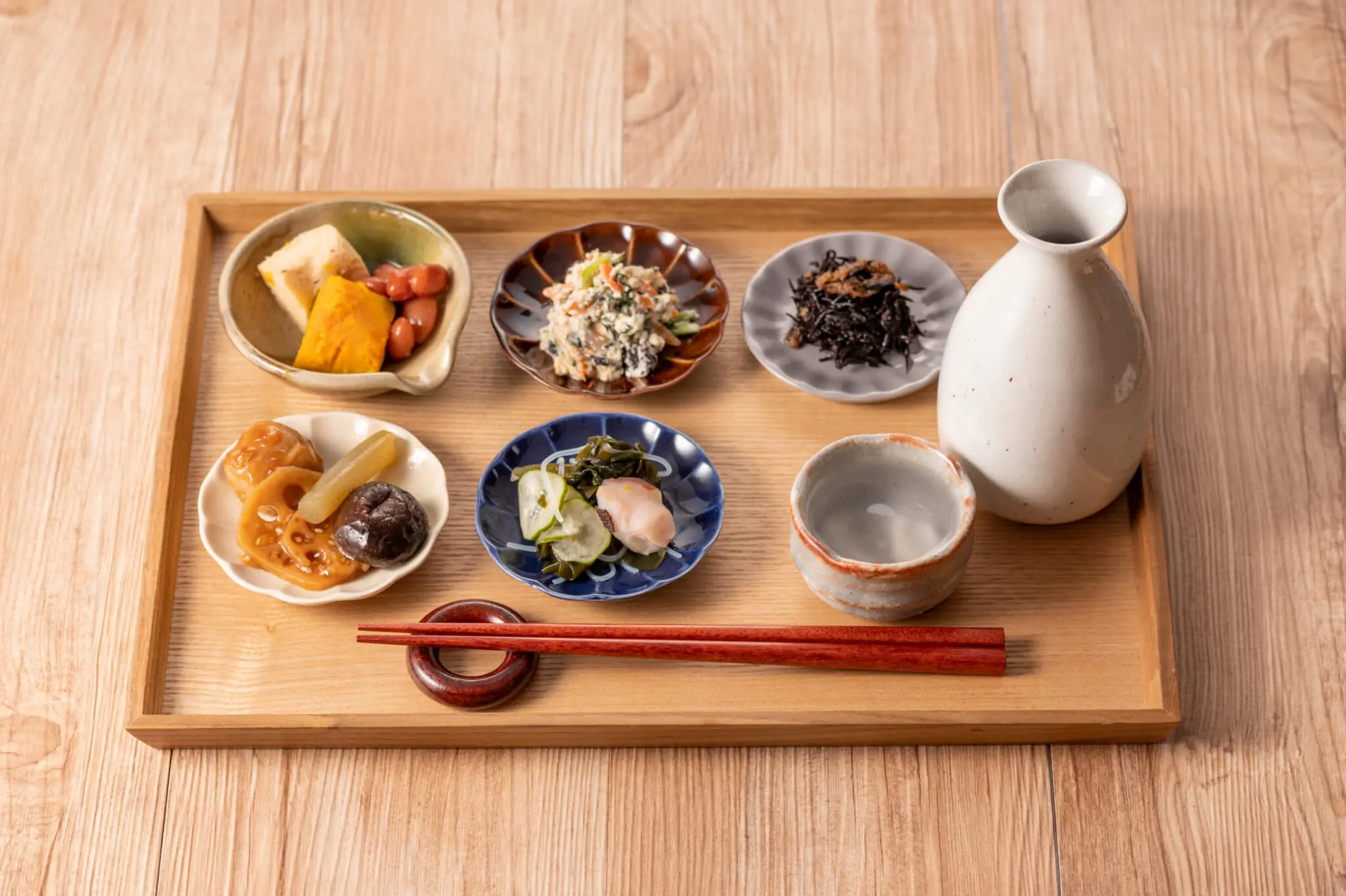
Summary
As a vegetarian or vegan, or even someone following another diet, many different words in a different writing system can be daunting. But don’t let this put you off. With a little bit of preparation, eating out can be fun. Even those with strict dietary requirements can discover something new and enjoy the Japanese dining experience.
For those who want to try some fully vegan washoku (Japanese food), check out our favorite places around Tokyo.
For people in Hokkaido, check out our vegan guide to Sapporo, with vegan sushi and vegan fine dining.

